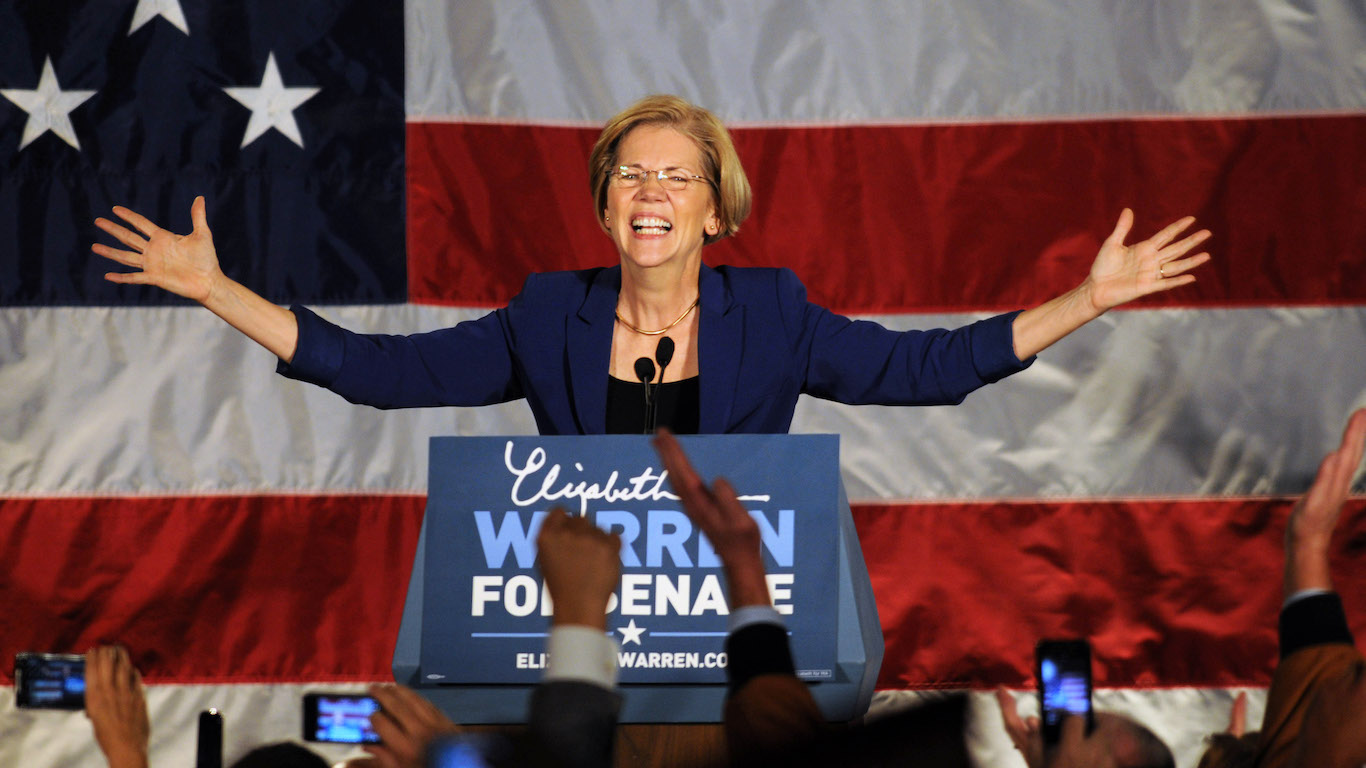

With the 2020 presidential election looming, campaign season has begun in earnest. In the first six-months of 2019, total campaign spending by the 23 most prominent presidential hopefuls — including incumbent President Donald Trump — topped $156 million.
Exorbitant spending on political campaigns in the United States is nothing new. Presidential campaign spending has topped $100 million for every Republican and Democratic candidate in the 21st century. The Obama campaign spent more than $700 million in the lead up to both the 2008 and 2012 elections.
While money is not everything, it certainly does not hurt. In nearly every presidential election since 1980, the year Ronald Reagan defeated Jimmy Carter, the campaign that spent the most won the White House. The single exception is Donald Trump’s victory over Hillary Clinton in 2016. And according to data from the nonpartisan campaign funding research group Center for Responsive Politics, the biggest spender in House races won in at least 86% of instances since 2000. The odds for top-spenders in the Senate are not much lower. These are the senators and representatives who raised the most money for the 2018 midterm elections.
Spending is not necessarily the explanation for the victory, however. Campaign spending requires fundraising, and fundraising — particularly through small donations of $200 or less — can be interpreted as a proxy for popularity. With this in mind, 24/7 Wall St. ranked total spending in the first half of 2019 for 23 presidential campaigns. Not surprisingly, many of the biggest spenders are also leading in the polls.
While a handful of candidates have raised most of their campaign funds from small individual donors, the majority of presidential hopefuls rely most heavily on big contributions from big donors. Wealthy private citizens and certain limited liability corporations often donate heavily to the campaigns of candidates they believe will protect their interests should they take office. Here is a list of the largest private donors in American politics.
It is important to note that these rankings are based on official campaign spending only. They do not include spending of super political action committees — or super PACs — that may independently act on the behalf of a campaign.
Click here to see the 2020 presidential candidates spending the most and least
To identify the presidential candidates spending the most and least, 24/7 Wall St. reviewed official campaign spending between Jan. 1, 2019 and June 30, 2019. All data came from the Federal Election Commision. Data on campaign fundraising and cash on hand also came from the FEC. Cash on hand can include personal loans from the candidate to the campaign as well as transferred money from another campaign. The share of money from small donors is the percent of total fundraising that came from contributions less than $200.
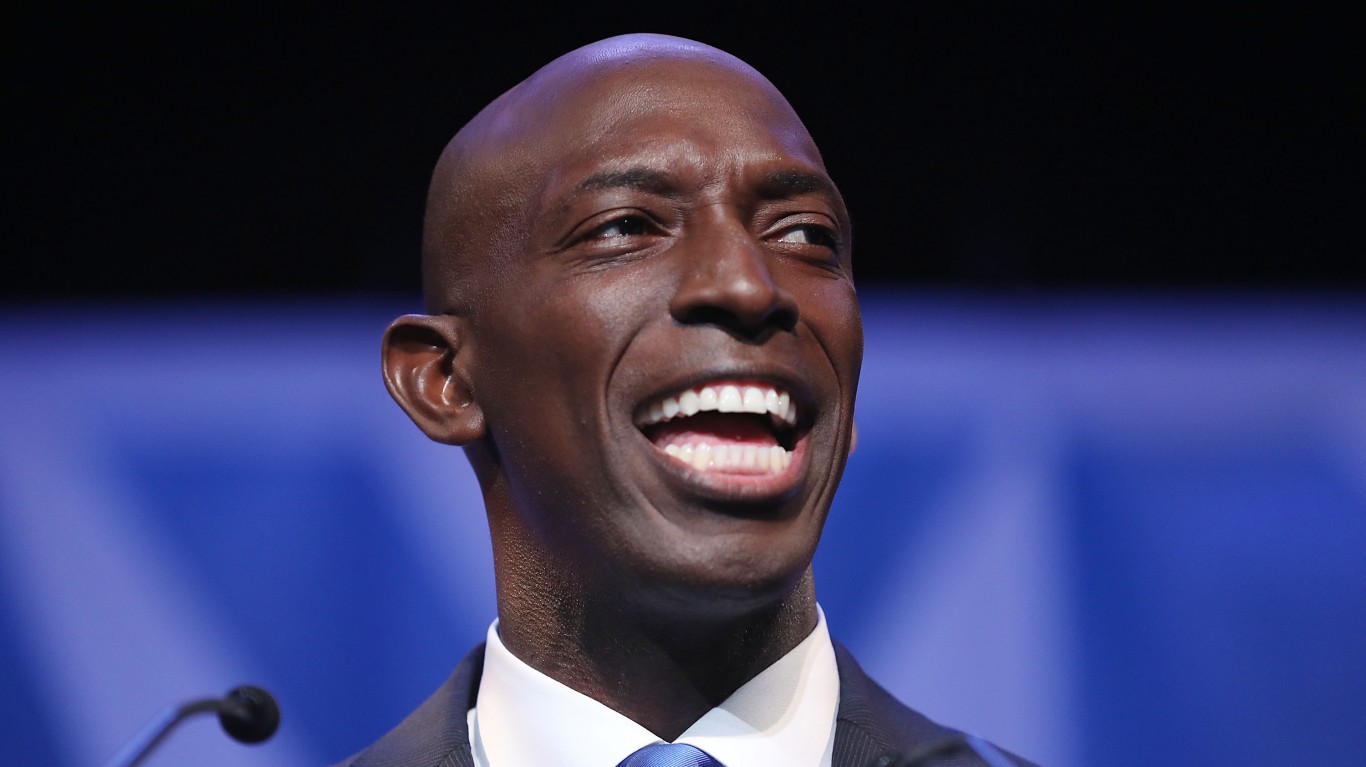
23. Wayne Messam
> Campaign spending (Jan. 1 – June 30): $62,666
> Cash on hand: $31,146
> Funds raised (Jan. 1 – June 30): $93,813 (29.8% from small donors)
> Occupation: Mayor of Miramar, Florida
[in-text-ad]
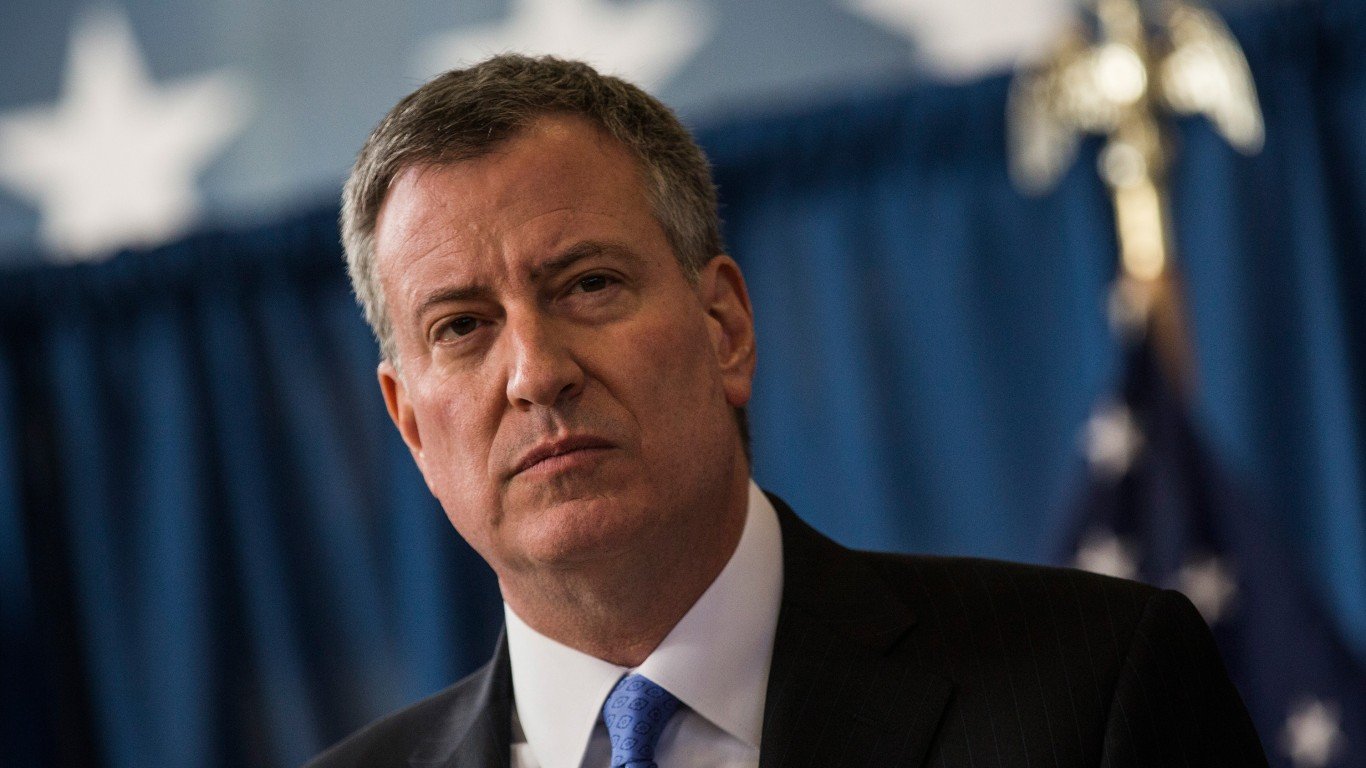
22. Bill de Blasio
> Campaign spending (Jan. 1 – June 30): $359,044
> Cash on hand: $728,520
> Funds raised (Jan. 1 – June 30): $1.1 million (9.1% from small donors)
> Occupation: Mayor of New York City
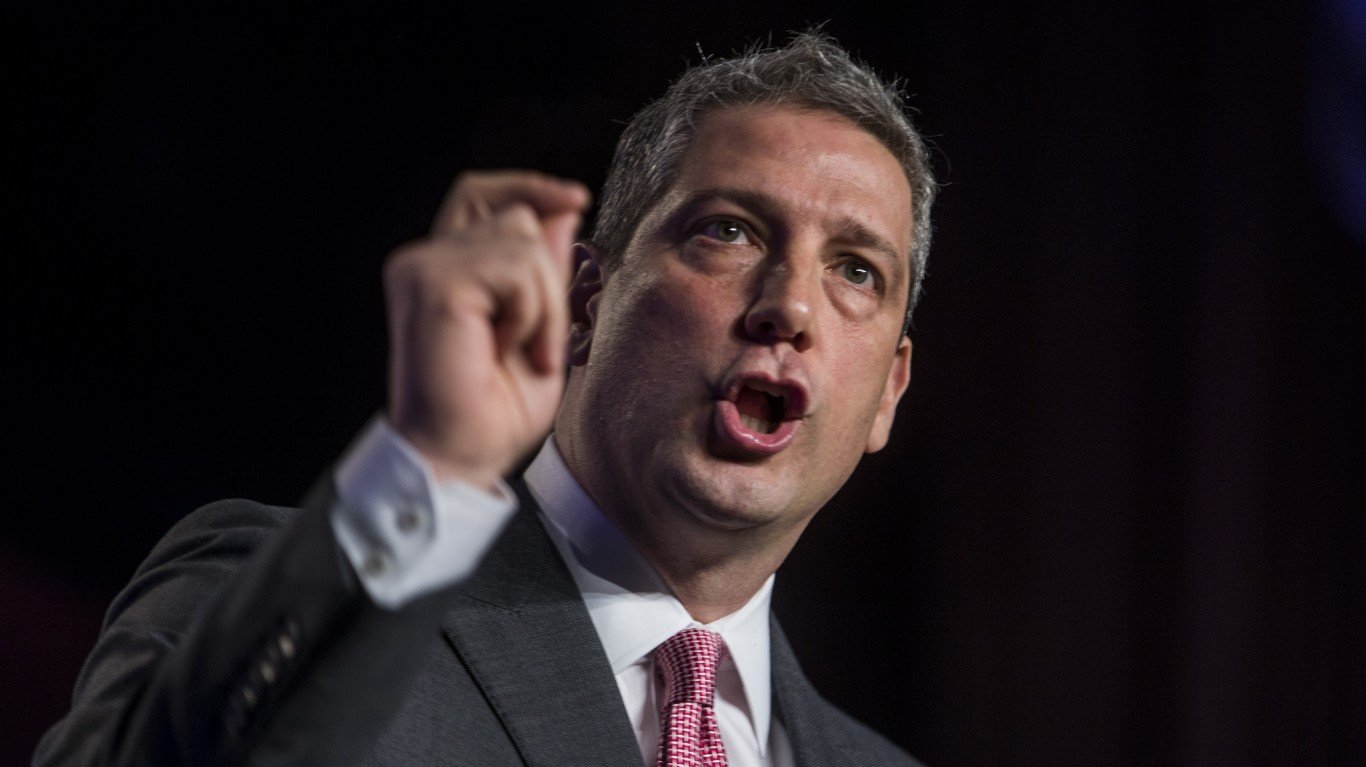
21. Tim Ryan
> Campaign spending (Jan. 1 – June 30): $554,341
> Cash on hand: $335,058
> Funds raised (Jan. 1 – June 30): $864,759 (29.7% from small donors)
> Occupation: Congressman from Ohio
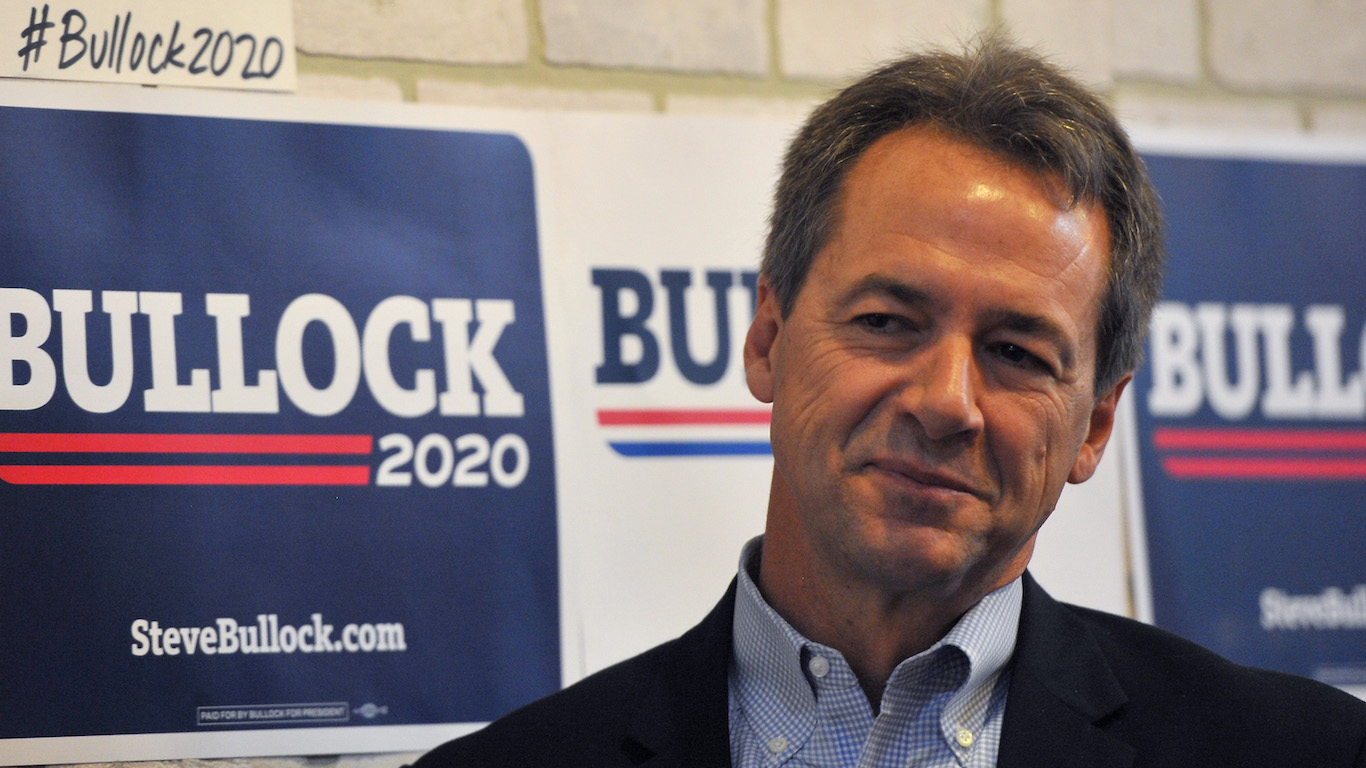
20. Steve Bullock
> Campaign spending (Jan. 1 – June 30): $580,989
> Cash on hand: $1.5 million
> Funds raised (Jan. 1 – June 30): $2.1 million (22.4% from small donors)
> Occupation: Governor of Montana
[in-text-ad-2]
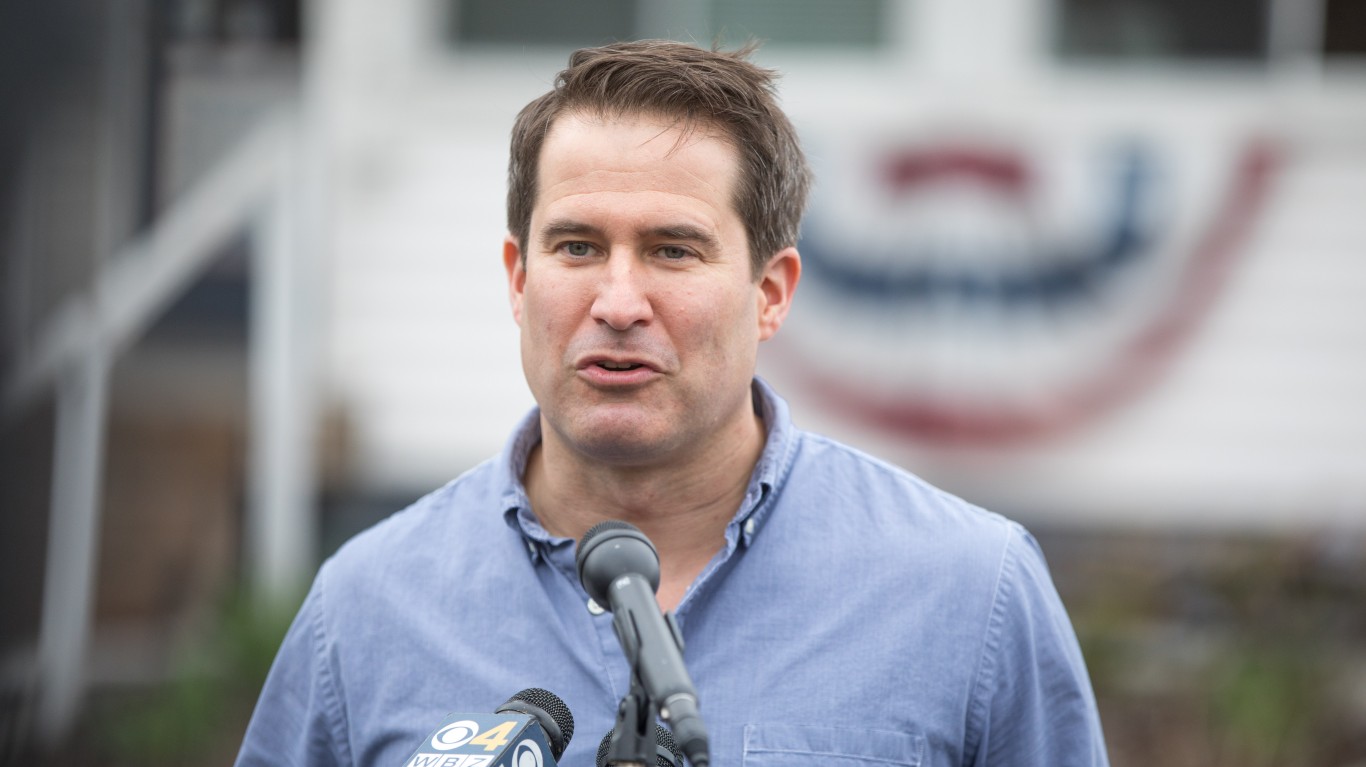
19. Seth Moulton
> Campaign spending (Jan. 1 – June 30): $1.2 million
> Cash on hand: $724,378
> Funds raised (Jan. 1 – June 30): $1.2 million (23.9% from small donors)
> Occupation: Congressman from Massachusetts
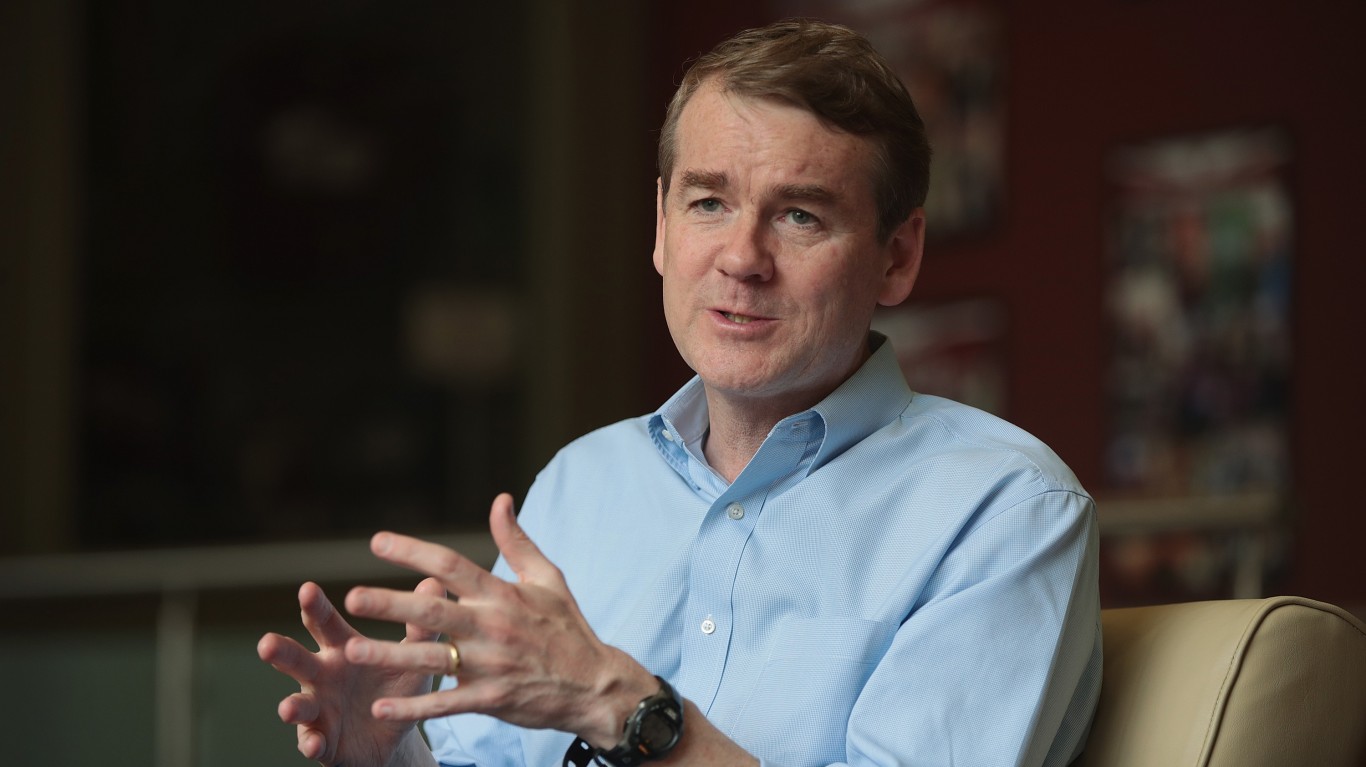
18. Michael Bennet
> Campaign spending (Jan. 1 – June 30): $1.3 million
> Cash on hand: $2.2 million
> Funds raised (Jan. 1 – June 30): $2.8 million (23.9% from small donors)
> Occupation: Senator from Colorado
[in-text-ad]
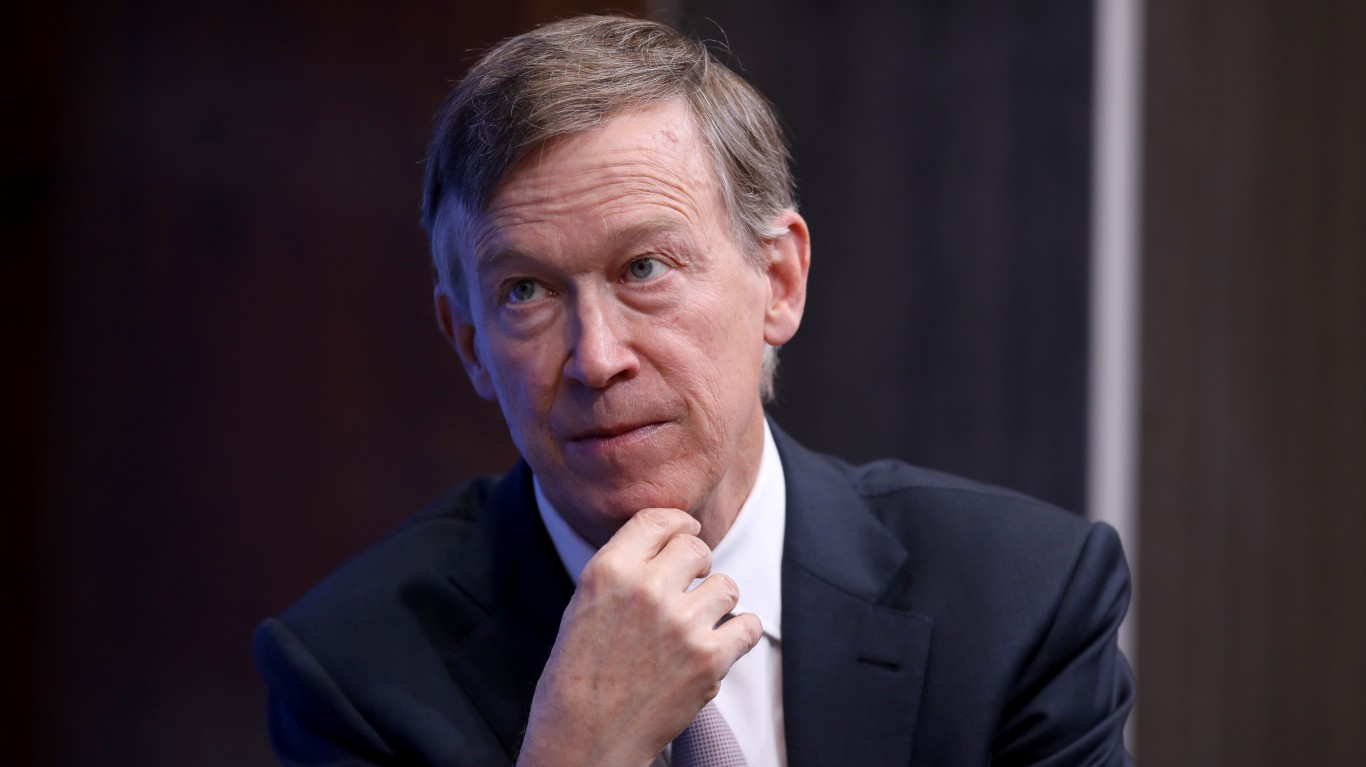
17. John Hickenlooper
> Campaign spending (Jan. 1 – June 30): $2.3 million
> Cash on hand: $836,276
> Funds raised (Jan. 1 – June 30): $3.2 million (14.7% from small donors)
> Occupation: Former governor of Colorado
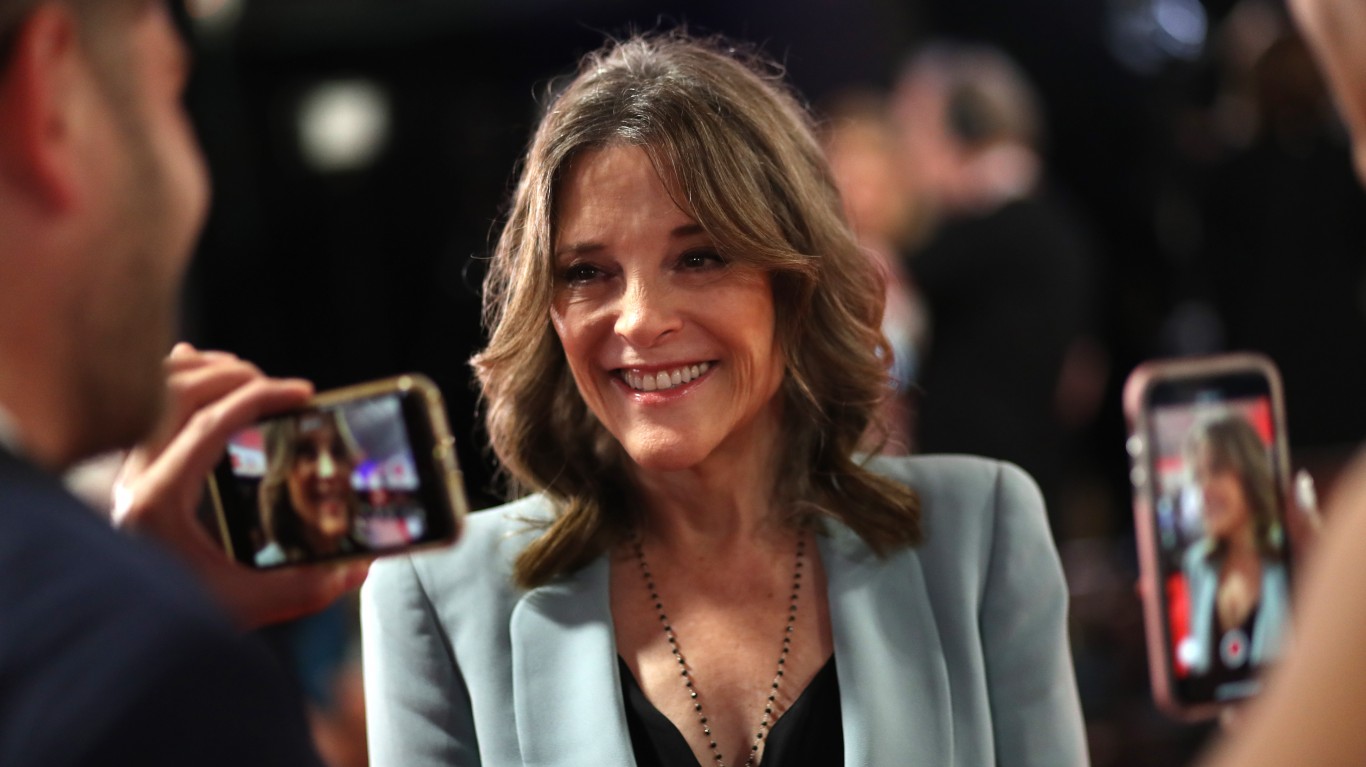
16. Marianne Williamson
> Campaign spending (Jan. 1 – June 30): $2.5 million
> Cash on hand: $547,892
> Funds raised (Jan. 1 – June 30): $3.1 million (63.0% from small donors)
> Occupation: Self-help author
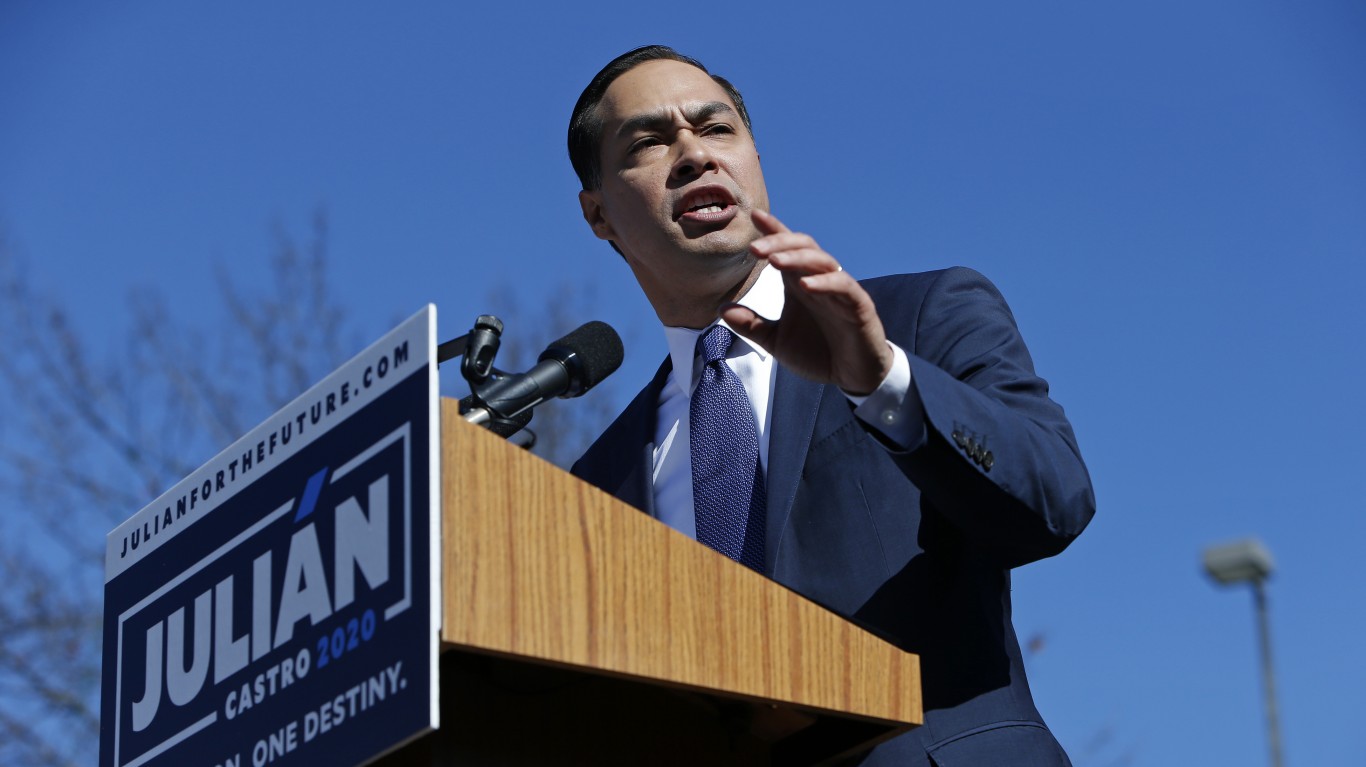
15. Julián Castro
> Campaign spending (Jan. 1 – June 30): $3.0 million
> Cash on hand: $1.1 million
> Funds raised (Jan. 1 – June 30): $3.9 million (63.0% from small donors)
> Occupation: Former housing secretary
[in-text-ad-2]
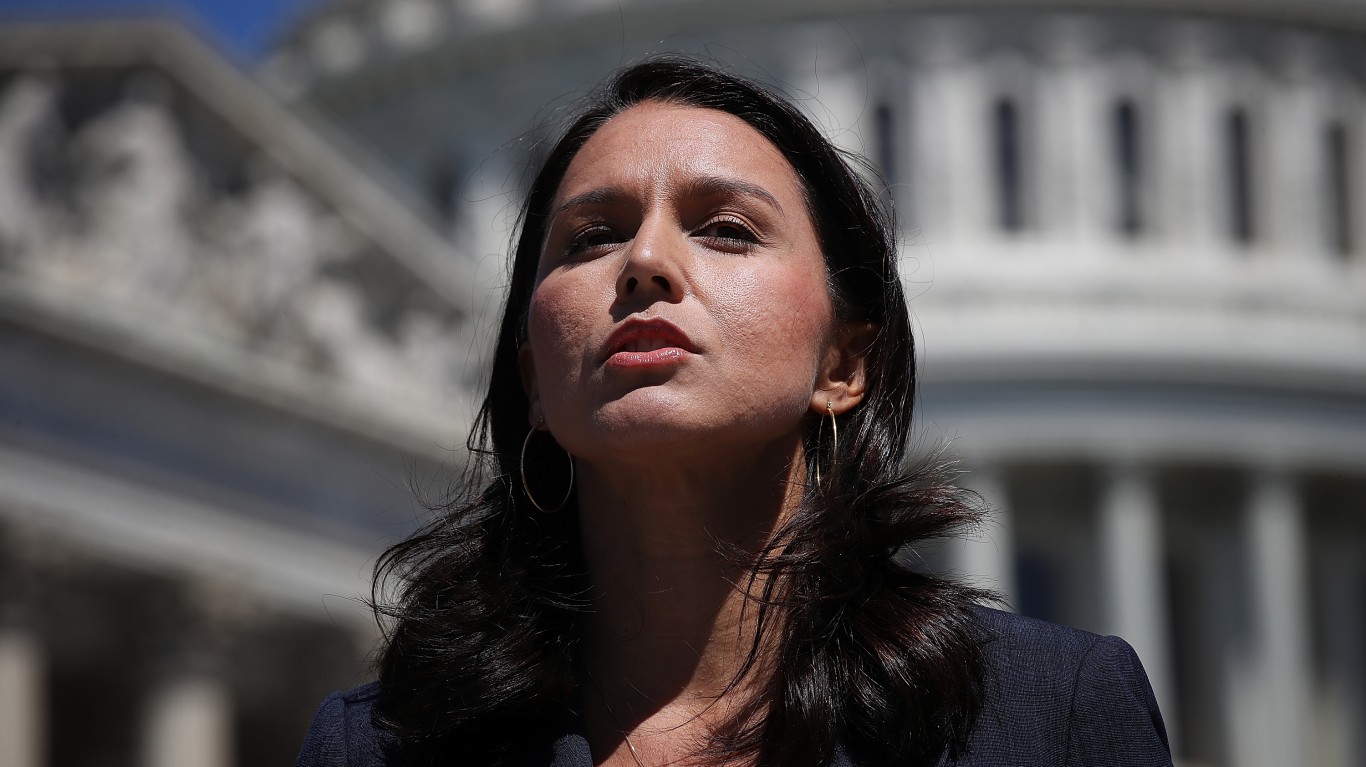
14. Tulsi Gabbard
> Campaign spending (Jan. 1 – June 30): $3.6 million
> Cash on hand: $2.4 million
> Funds raised (Jan. 1 – June 30): $3.5 million (61.1% from small donors)
> Occupation: Congresswoman from Hawaii
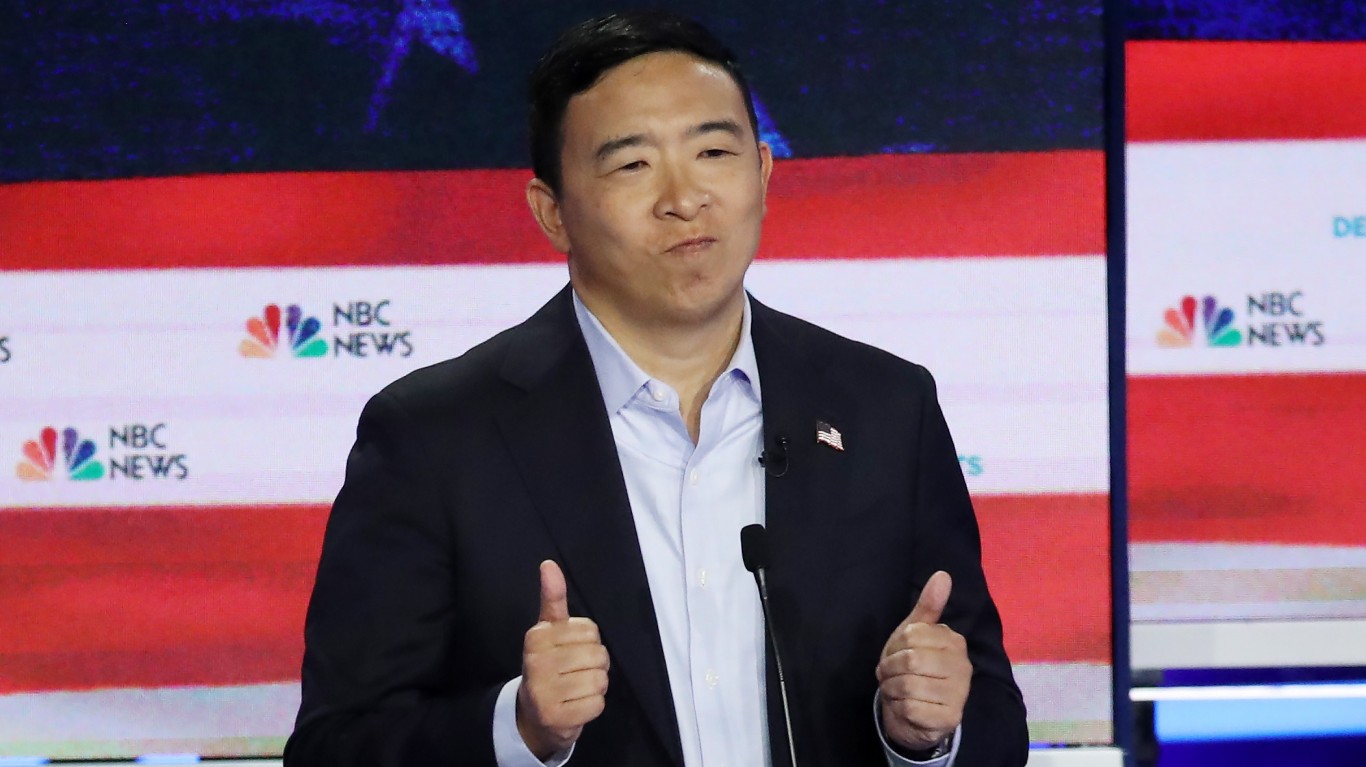
13. Andrew Yang
> Campaign spending (Jan. 1 – June 30): $3.8 million
> Cash on hand: $847,659
> Funds raised (Jan. 1 – June 30): $4.6 million (73.9% from small donors)
> Occupation: Businessman
[in-text-ad]
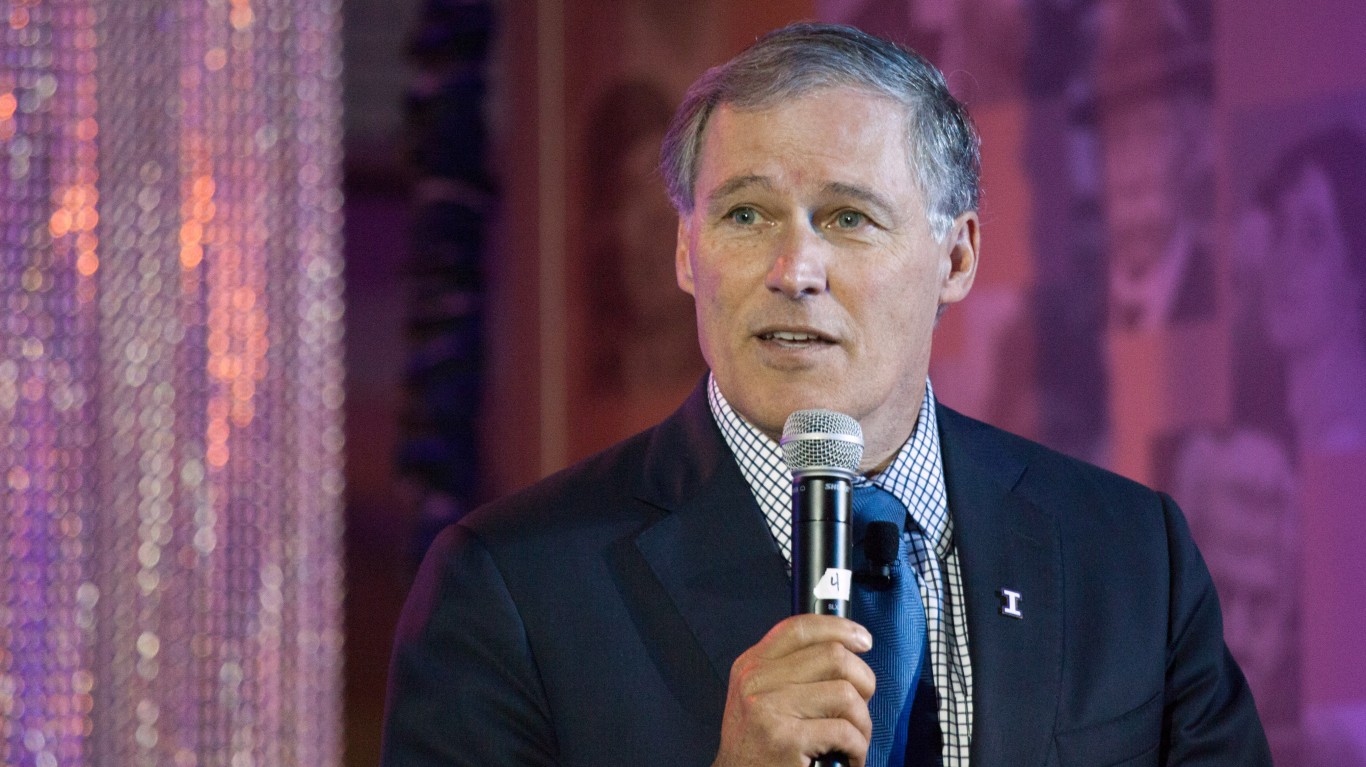
12. Jay Inslee
> Campaign spending (Jan. 1 – June 30): $4.1 million
> Cash on hand: $1.2 million
> Funds raised (Jan. 1 – June 30): $5.3 million (45.1% from small donors)
> Occupation: Governor of Washington State
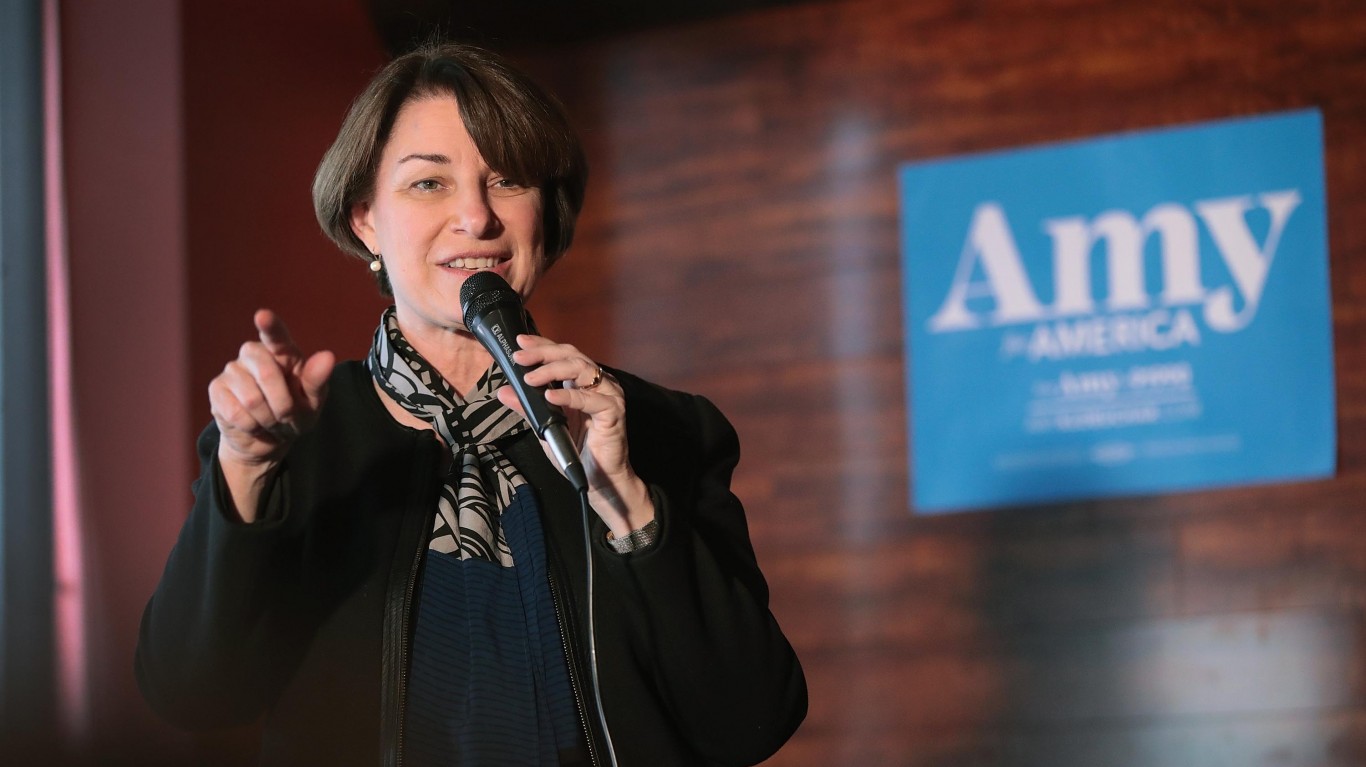
11. Amy Klobuchar
> Campaign spending (Jan. 1 – June 30): $6.0 million
> Cash on hand: $6.7 million
> Funds raised (Jan. 1 – June 30): $9.1 million (35.2% from small donors)
> Occupation: Senator from Minnesota
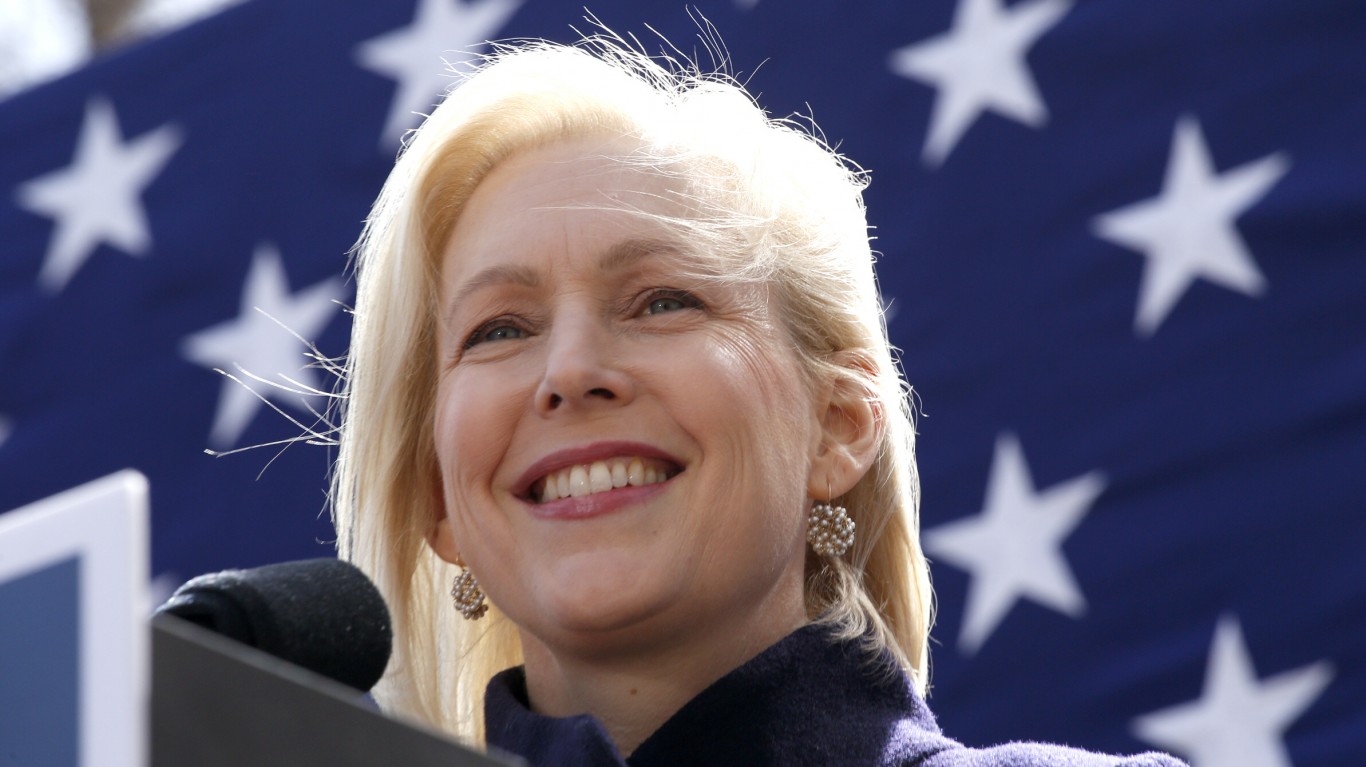
10. Kirsten Gillibrand
> Campaign spending (Jan. 1 – June 30): $6.7 million
> Cash on hand: $8.2 million
> Funds raised (Jan. 1 – June 30): $5.3 million (26.0% from small donors)
> Occupation: Senator from New York
[in-text-ad-2]
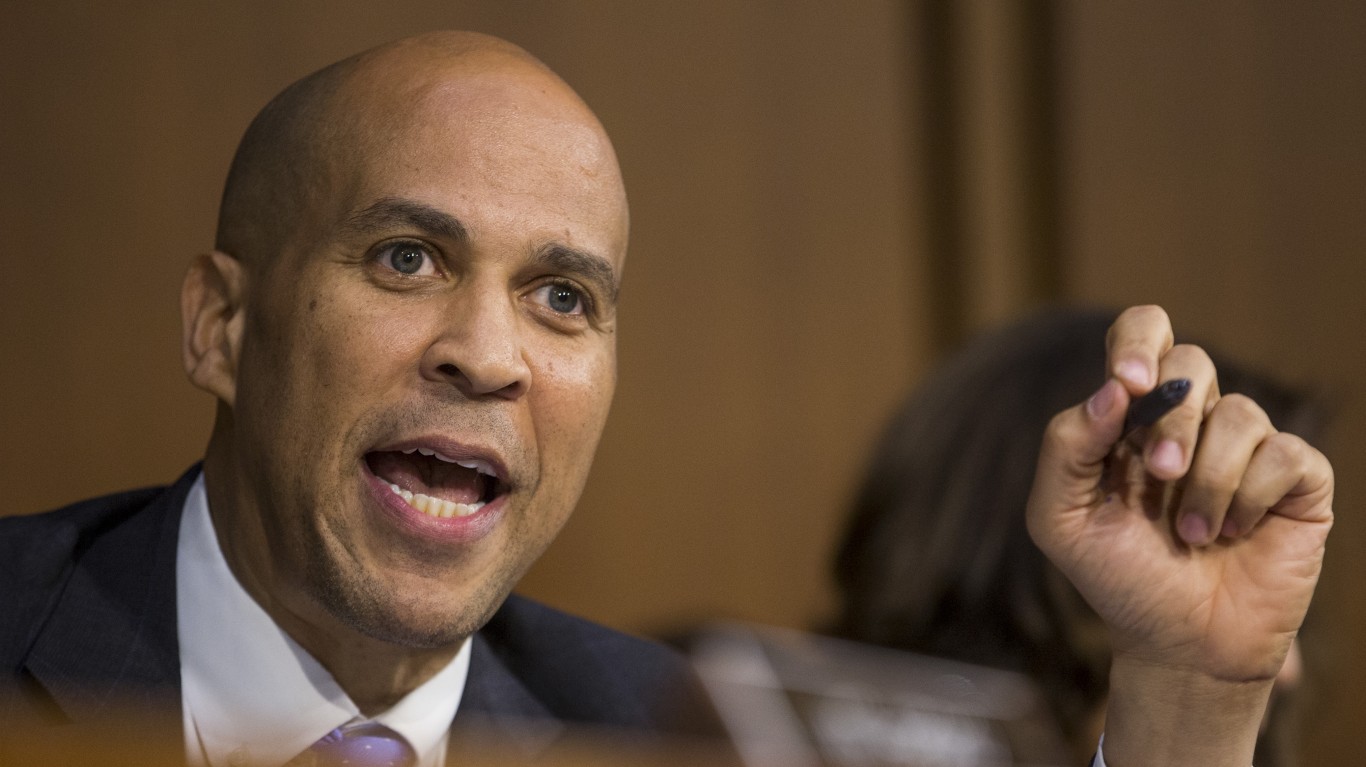
9. Cory Booker
> Campaign spending (Jan. 1 – June 30): $7.1 million
> Cash on hand: $5.4 million
> Funds raised (Jan. 1 – June 30): $9.5 million (21.1% from small donors)
> Occupation: Senator from New Jersey
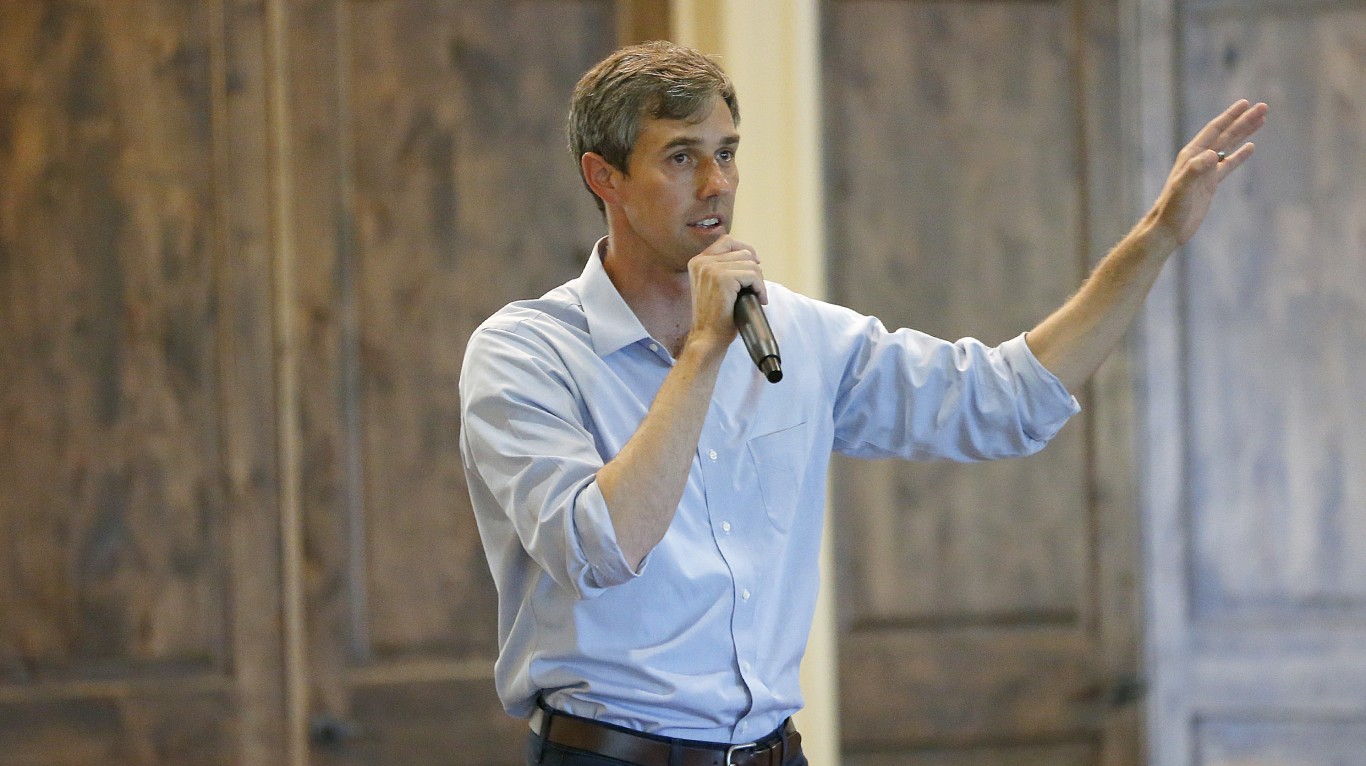
8. Beto O’Rourke
> Campaign spending (Jan. 1 – June 30): $8.7 million
> Cash on hand: $5.2 million
> Funds raised (Jan. 1 – June 30): $13.0 million (55.0% from small donors)
> Occupation: Former congressman from Texas
[in-text-ad]
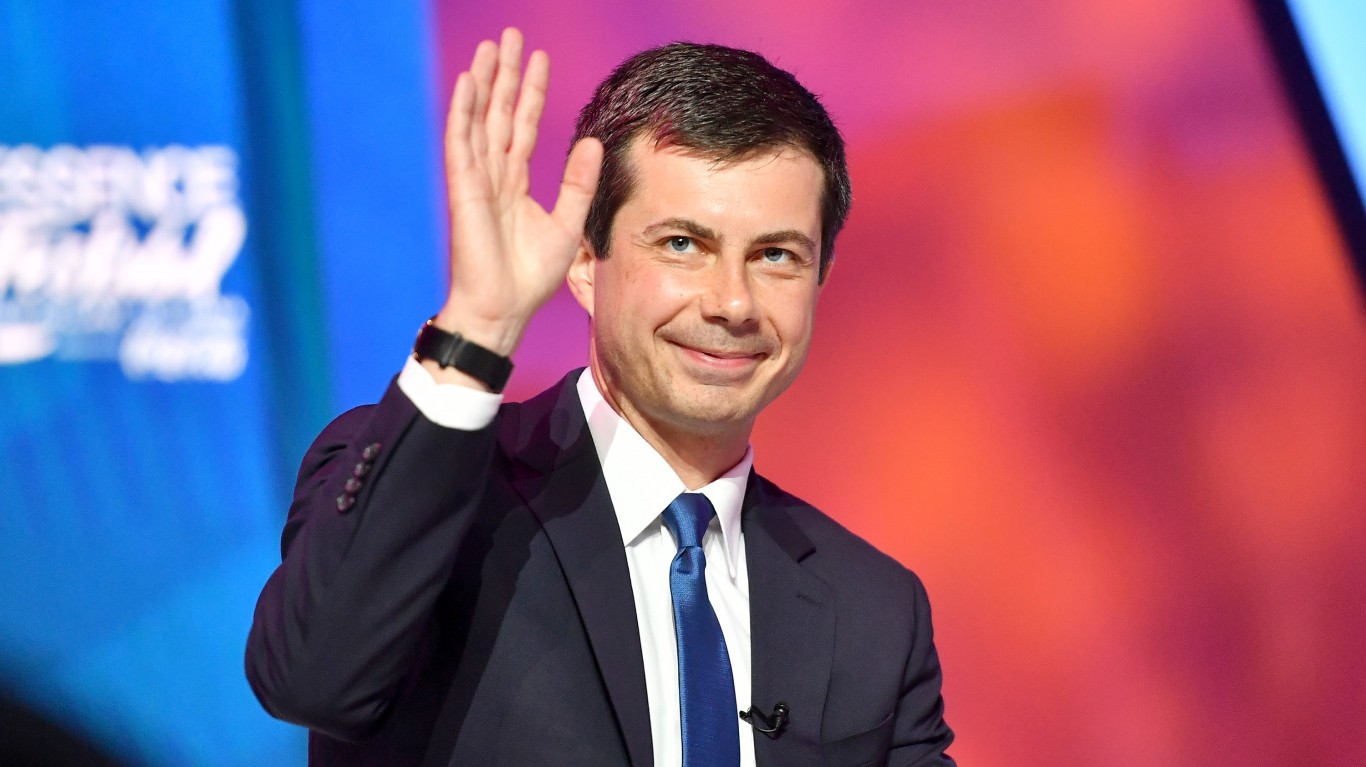
7. Pete Buttigieg
> Campaign spending (Jan. 1 – June 30): $9.7 million
> Cash on hand: $22.7 million
> Funds raised (Jan. 1 – June 30): $32.3 million (48.8% from small donors)
> Occupation: Mayor of South Bend, Indiana
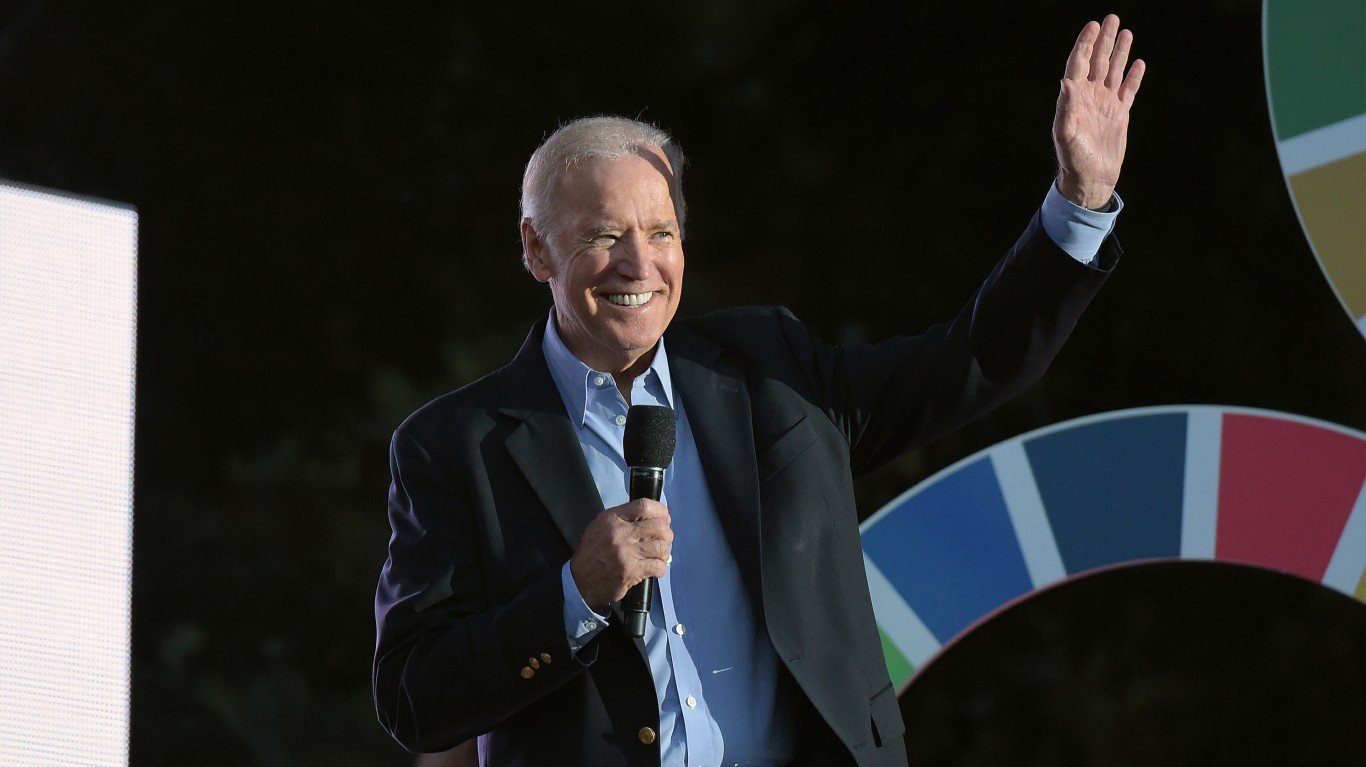
6. Joseph R. Biden Jr.
> Campaign spending (Jan. 1 – June 30): $11.1 million
> Cash on hand: $10.9 million
> Funds raised (Jan. 1 – June 30): $22.0 million (37.9% from small donors)
> Occupation: Former vice president
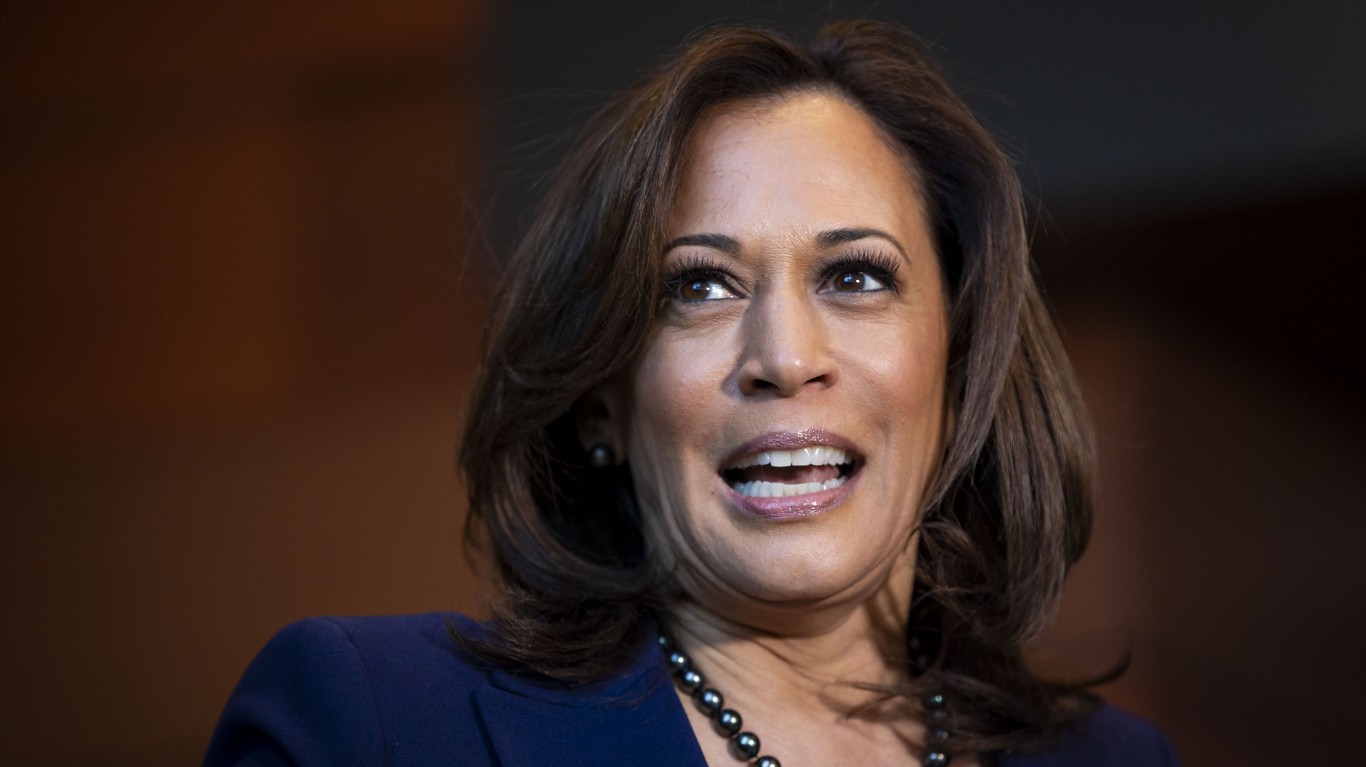
5. Kamala Harris
> Campaign spending (Jan. 1 – June 30): $11.8 million
> Cash on hand: $13.3 million
> Funds raised (Jan. 1 – June 30): $23.8 million (40.9% from small donors)
> Occupation: Senator from California
[in-text-ad-2]
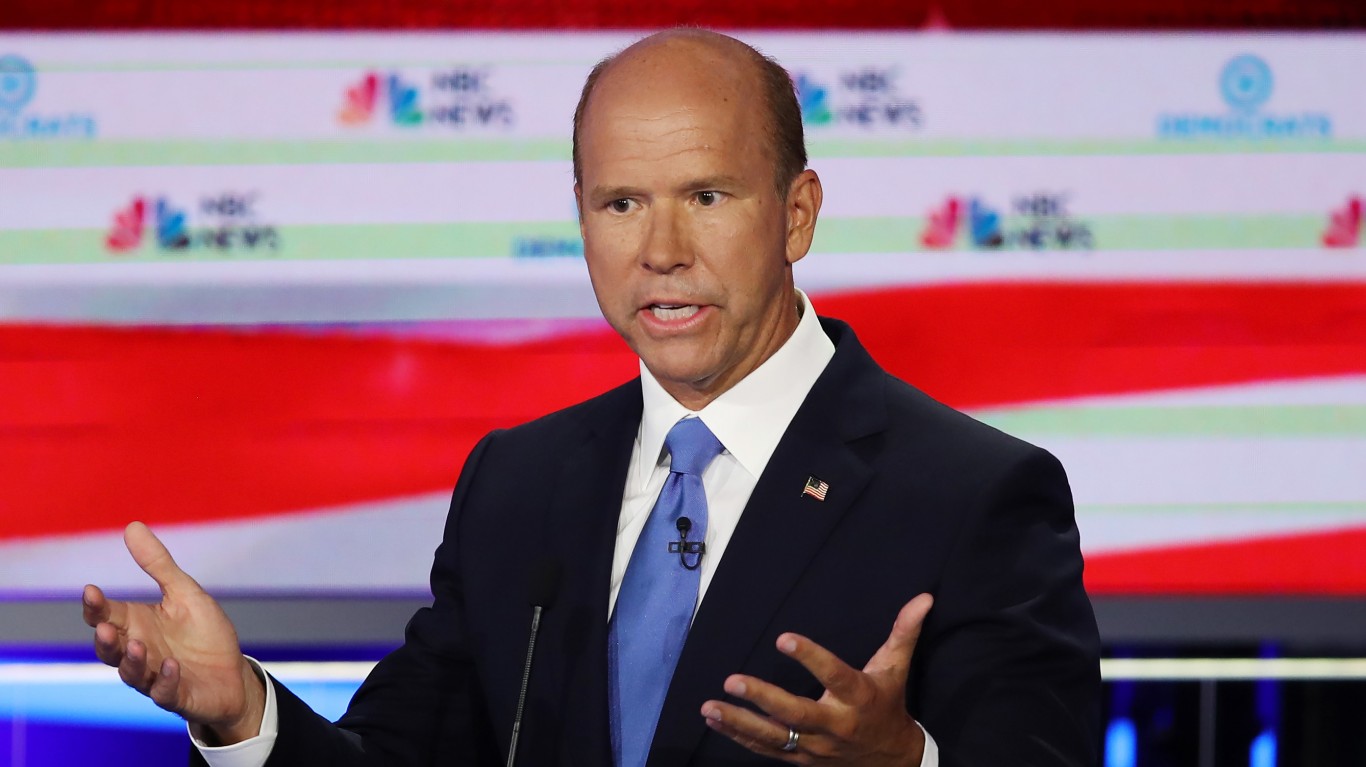
4. John Delaney
> Campaign spending (Jan. 1 – June 30): $13.0 million
> Cash on hand: $7.4 million
> Funds raised (Jan. 1 – June 30): $688,776 (21.0% from small donors)
> Occupation: Former congressman from Maryland
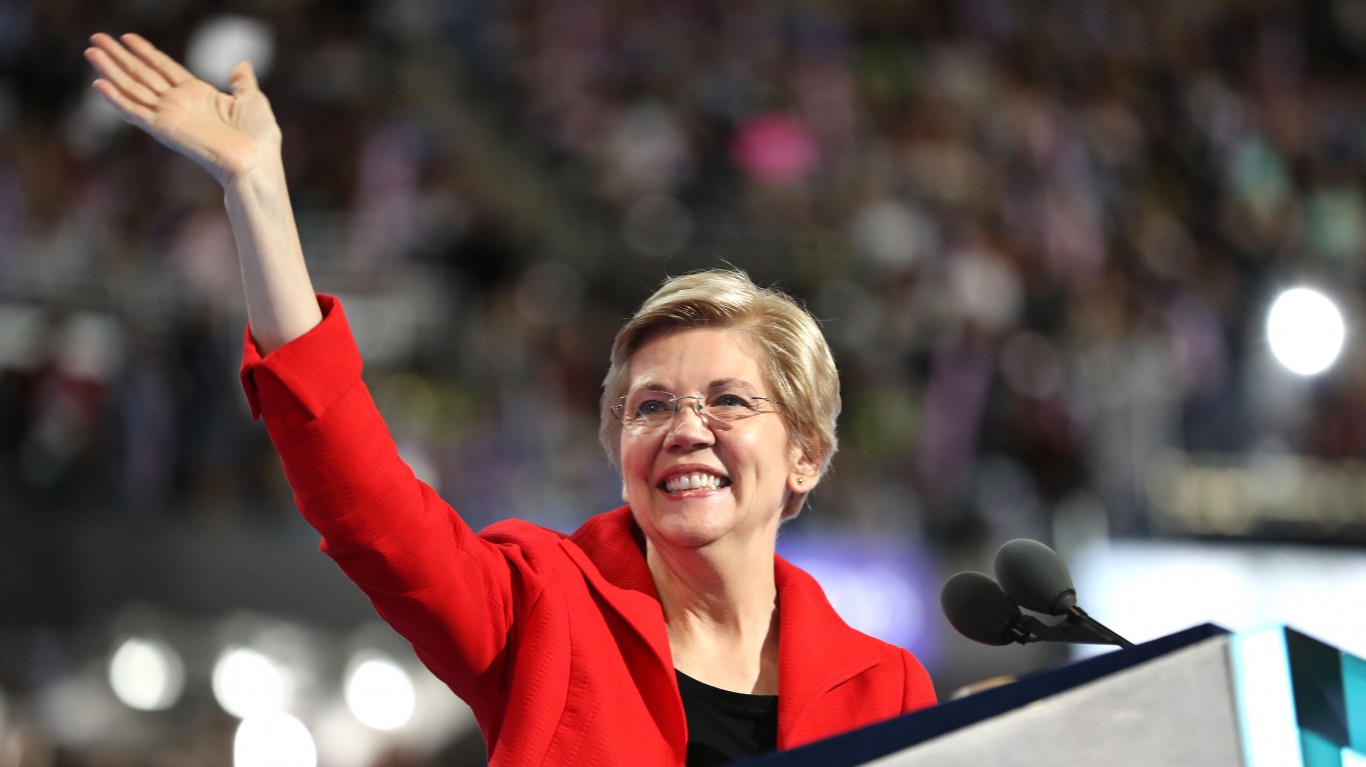
3. Elizabeth Warren
> Campaign spending (Jan. 1 – June 30): $15.9 million
> Cash on hand: $19.8 million
> Funds raised (Jan. 1 – June 30): $25.2 million (67.4% from small donors)
> Occupation: Senator from Massachusetts
[in-text-ad]
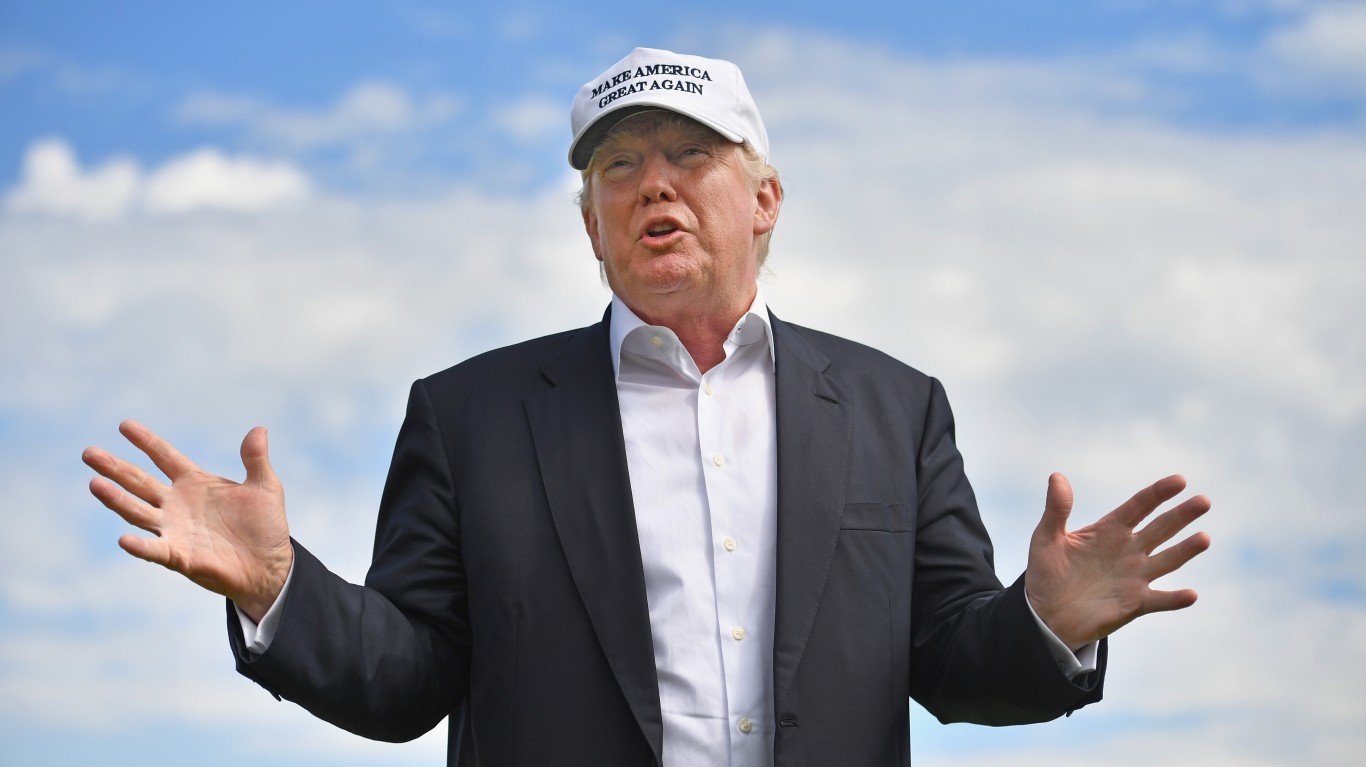
2. Donald J. Trump
> Campaign spending (Jan. 1 – June 30): $19.4 million
> Cash on hand: $56.7 million
> Funds raised (Jan. 1 – June 30): $16.1 million (50.6% from small donors)
> Occupation: President, Incumbent
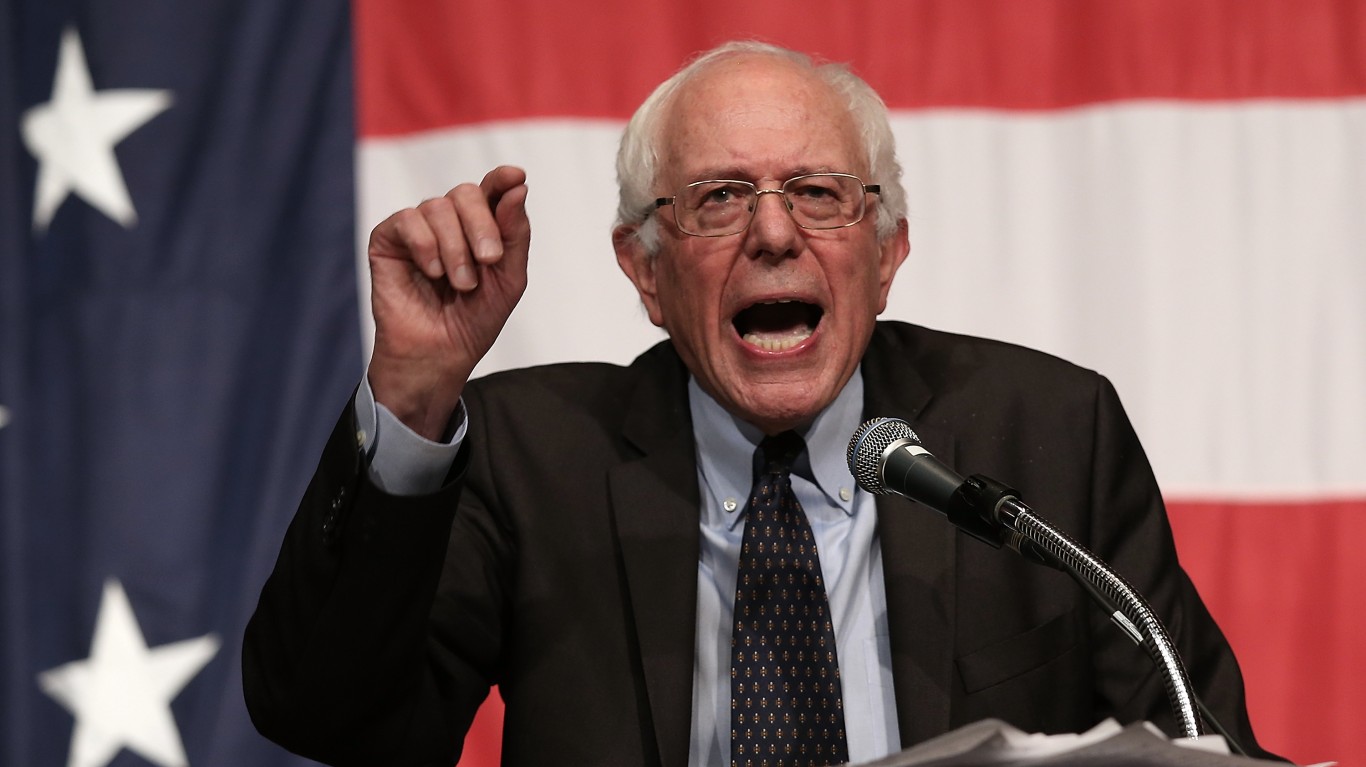
1. Bernie Sanders
> Campaign spending (Jan. 1 – June 30): $23.8 million
> Cash on hand: $27.4 million
> Funds raised (Jan. 1 – June 30): $36.2 million (76.9% from small donors)
> Occupation: Senator from Vermont
Sponsored: Want to Retire Early? Here’s a Great First Step
Want retirement to come a few years earlier than you’d planned? Or are you ready to retire now, but want an extra set of eyes on your finances?
Now you can speak with up to 3 financial experts in your area for FREE. By simply clicking here you can begin to match with financial professionals who can help you build your plan to retire early. And the best part? The first conversation with them is free.
Click here to match with up to 3 financial pros who would be excited to help you make financial decisions.
Thank you for reading! Have some feedback for us?
Contact the 24/7 Wall St. editorial team.
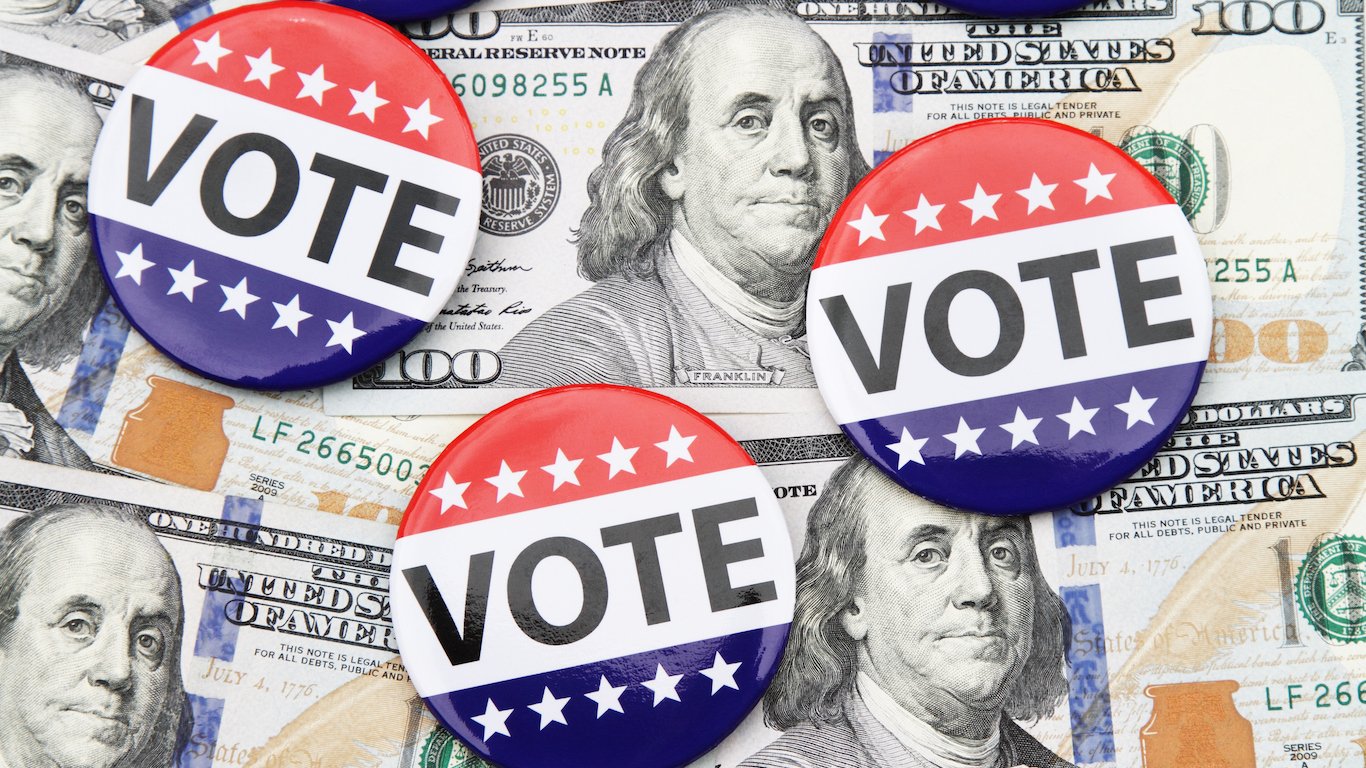 24/7 Wall St.
24/7 Wall St.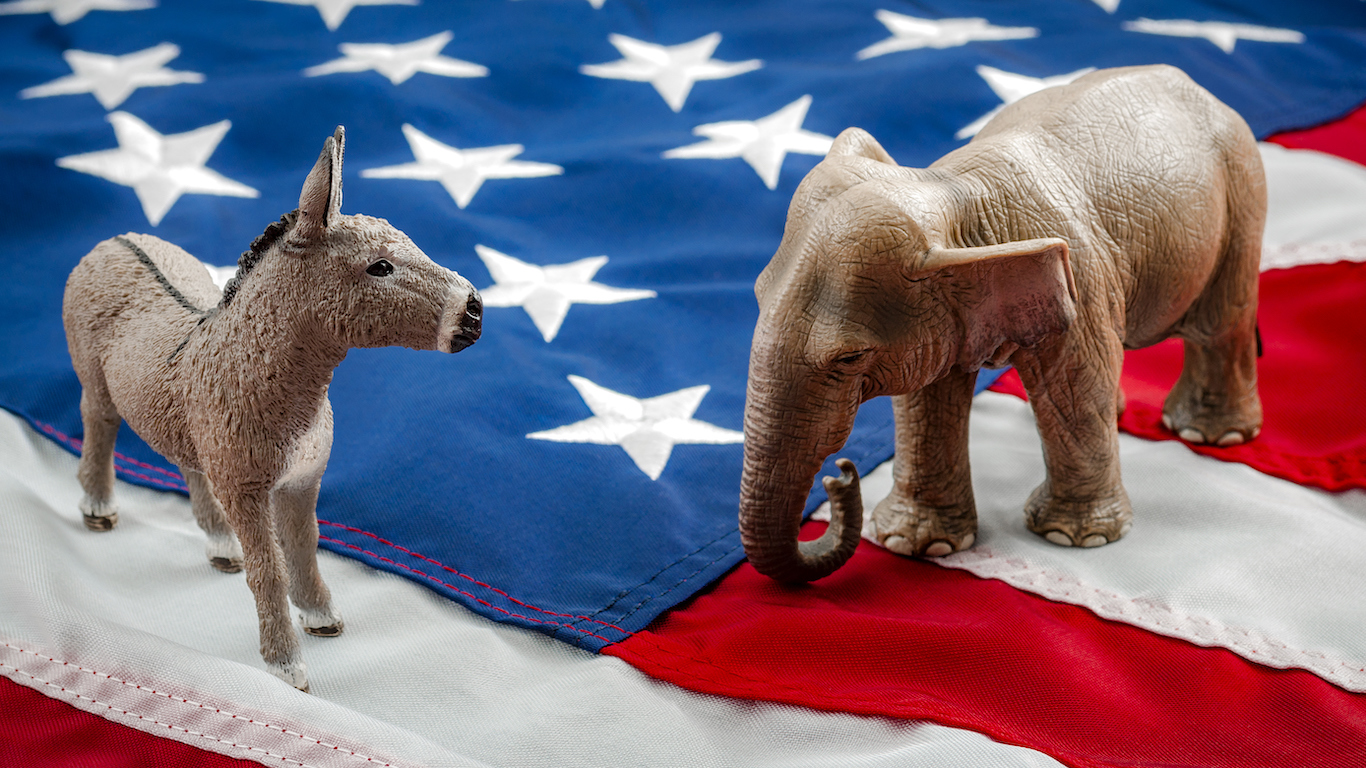 24/7 Wall St.
24/7 Wall St.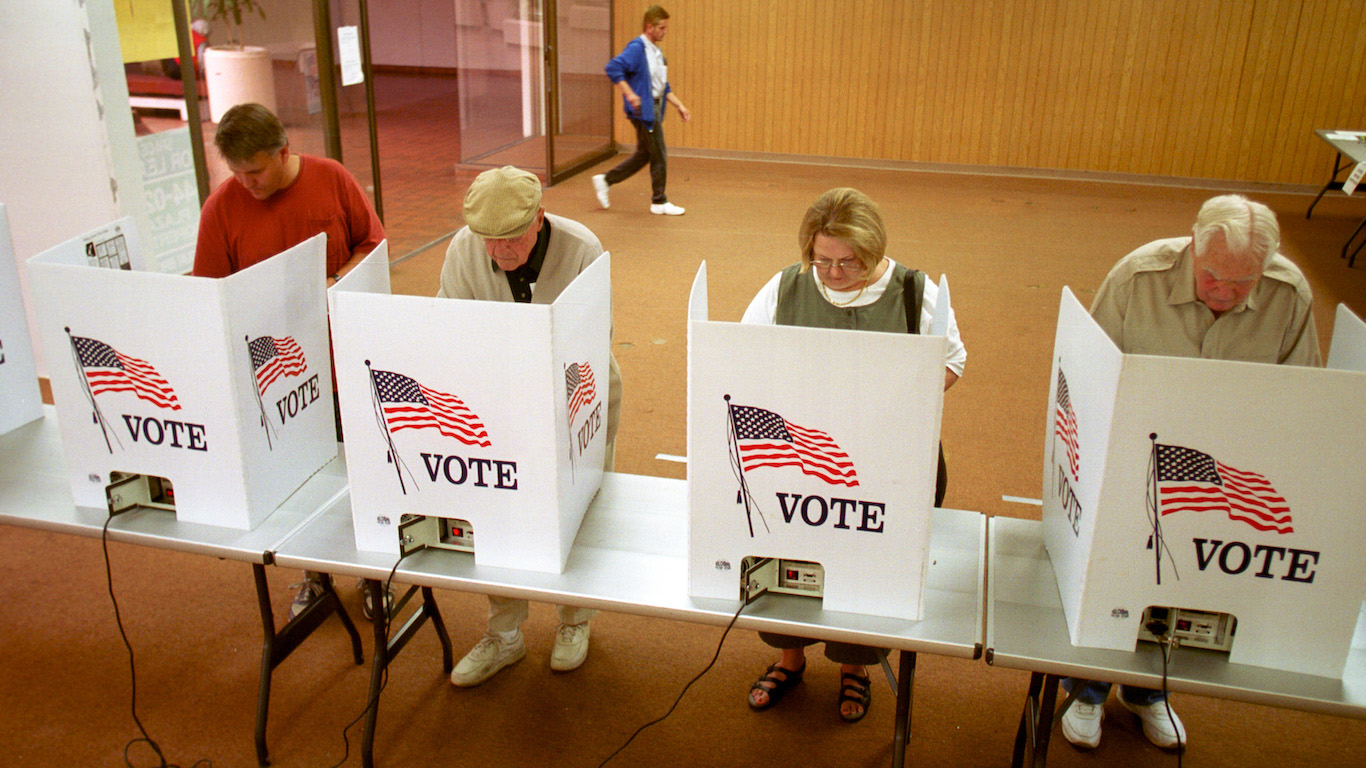 24/7 Wall St.
24/7 Wall St.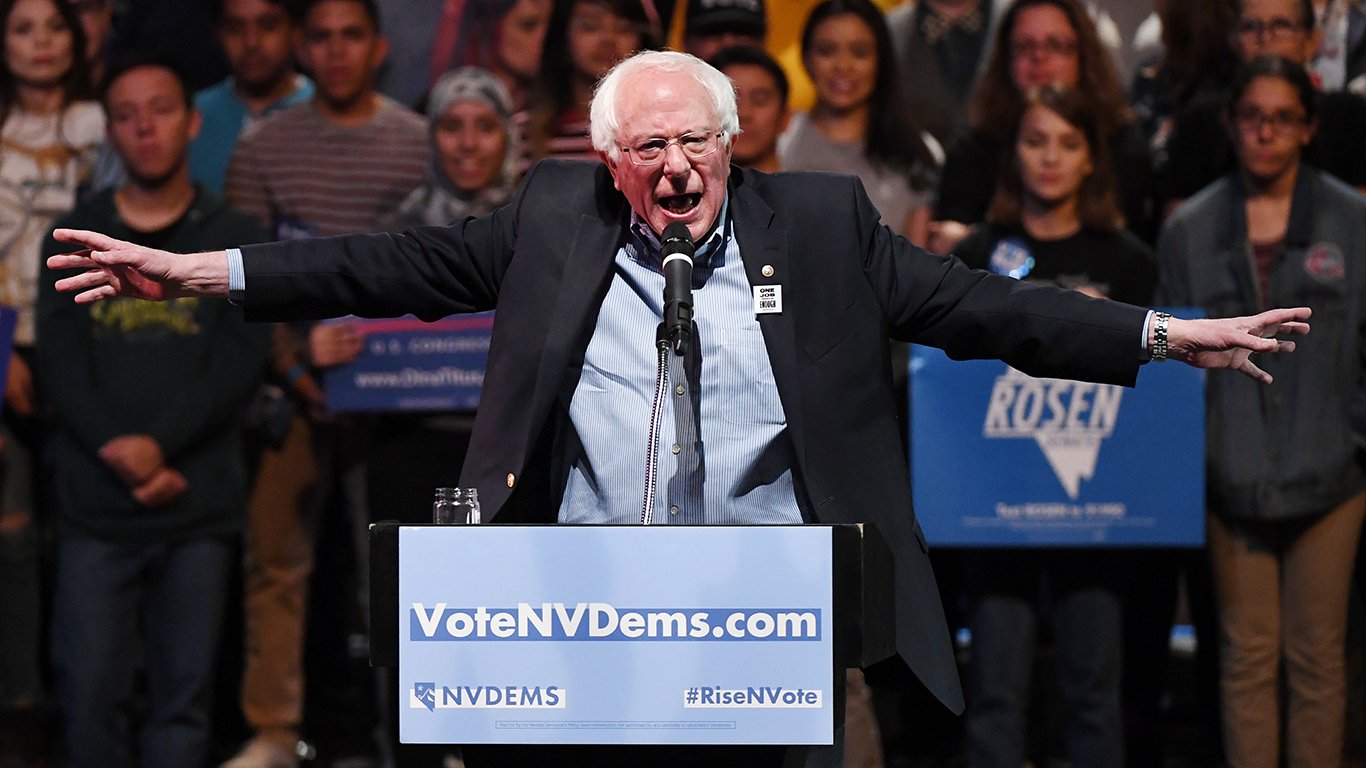 24/7 Wall St.
24/7 Wall St.
